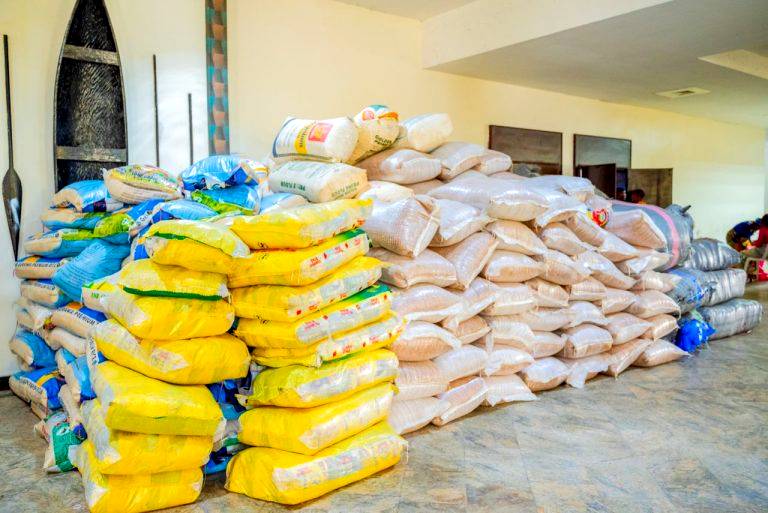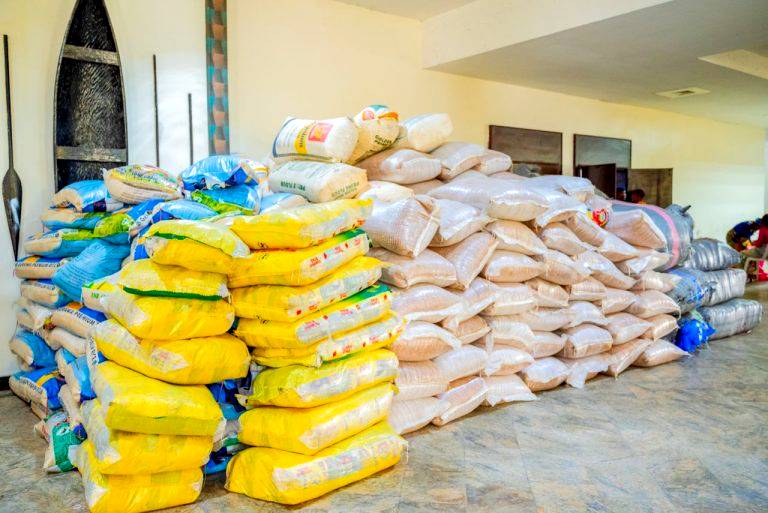
The Federal government on Thursday released a new variety of rice along with 20 other crop varieties. These are steps the government is taking to make Nigeria self-sufficient in rice and other crop production.
These releases were made to farmers at the 31st Meeting of National Committee on Naming, Registration and Release of Crop Varieties, Livestock Breed/Fisheries held on Thursday in Ibadan.
The meeting saw in attendance several agricultural researchers, breeders and seed companies and other stakeholders. The Chairman of the National Varieties Release Committee (NVRC), Chief Oladosu Awoyemi, addressed them and said that a total of 25 crop varieties were submitted for registration, but only 21 were approved and subsequently released. He stated that the new rice variety was bred by the National Cereal Research Institute, in Badeggi, Niger state.
Speaking in approval of the newly released rice, he said that, the lowland rice genotype is registered and released based on its early maturity and high grain yield.
“Other released crop varieties include: three new millet varieties with high iron and zinc content; high grain yield and presence of long bristles on panicle, namely LCIC MV5; LCIC MV6 and LCIC MV7.”
“Yam variety: UMUDa35-Delight; UMUDr33-Blessing and UMUDr34-Sunshine. He revealed that the yam varieties were released based on high yield, good boiling and pounding qualities.
Six hybrid maize varieties, viz., VSL 2201; PAC 740; SAMMAZ 69; SC 424; SC 555 and Oba Super 8 were released. He stated that “These new maize varieties were released based on high grain yield, tolerance to fall armyworm, to major foliar diseases, to multiple stresses, to striga, drought and low nitrogen.
Awoyemi further announced the release of three new Sorghum varieties, namely SORGHUM 52; SORGHUM 53 and SORGHUM 54. He said that the Sorghum varieties were released because of high yield and biomass; earliness; high Iron (fe) content and dwarfness and their tolerance to striga.
He also released five tomato varieties, these were HORTITOM 1; HORTITOM 2, HORTITOM 3; PS TOM 1 and PS TOM 2. The tomato varieties were released based on their “tolerance to fusarium wilt, meloidogyne in cognita, they contain good nutritional qualities and resistance to early blight”, Awoyemi said.
He said the varieties released were at par with crop releases in U.S, Kenya and other agricultural countries. He added that such efforts to boost agricultural production were aimed at accelerating the growth of the agricultural sector.
The NVRC Chairman, also used the opportunity to announce his resignation from the committee due to old age. He is currently 88 years old and has served the committee as Chairman since 1991. In his closing remarks, Awoyemi encouraged agricultural stakeholders to continue their dedication to the development of Nigeria, “particularly in Agriculture, being the backbone of the nation’s economy.
“So, the frontiers of knowledge must continue to expand so that we come abreast with the developed world, Awoyemi said.”
He said that the new rice variety could give about 11.6 metric tonnes per hectare under good management by Nigerian farmers, better than the four to eight metric tonnes per hectare being given by the existing varieties.
As part of the success story this year, the Collaborative Seed Programme, a seed sector development program funded by the government of the Netherlands, achieved remarkable success in piloting innovations that shortened the variety release process for tomatoes from 2-3 years to just one year.
Furthermore, the programme innovations facilitated the accelerated release of a maize variety that was previously only available in another ECOWAS country, as prescribed by the ECOWAS regional seed regulation harmonization law.
These breakthroughs are a testament to the programme’s dedication to enhancing agricultural production and addressing the needs of farmers, thereby promoting food security and sustainable agricultural practices.
















